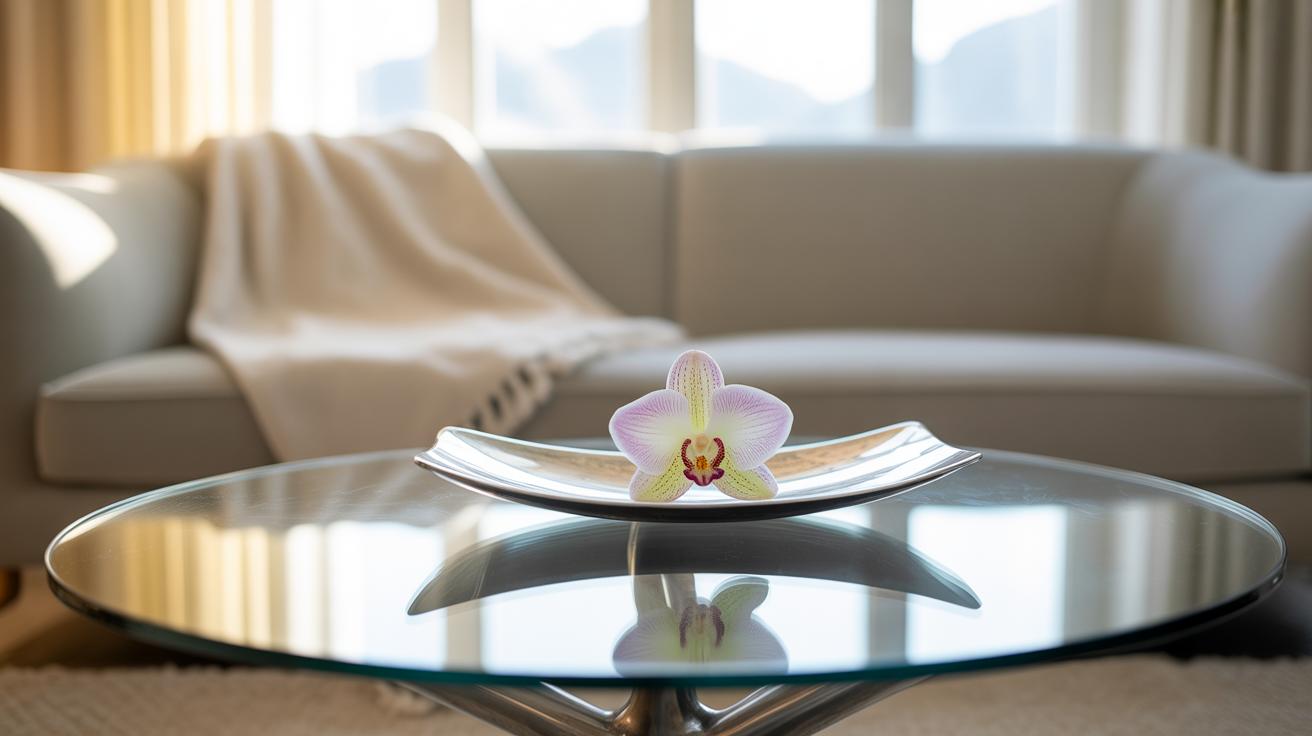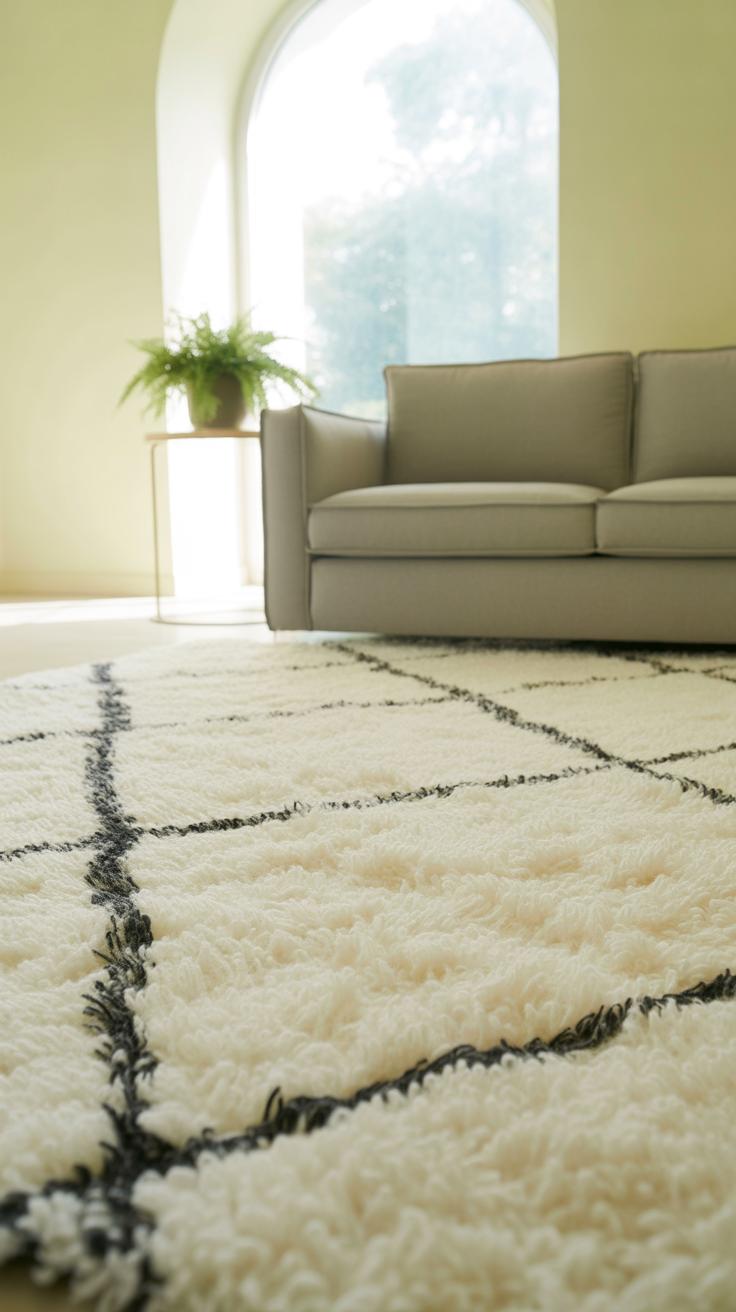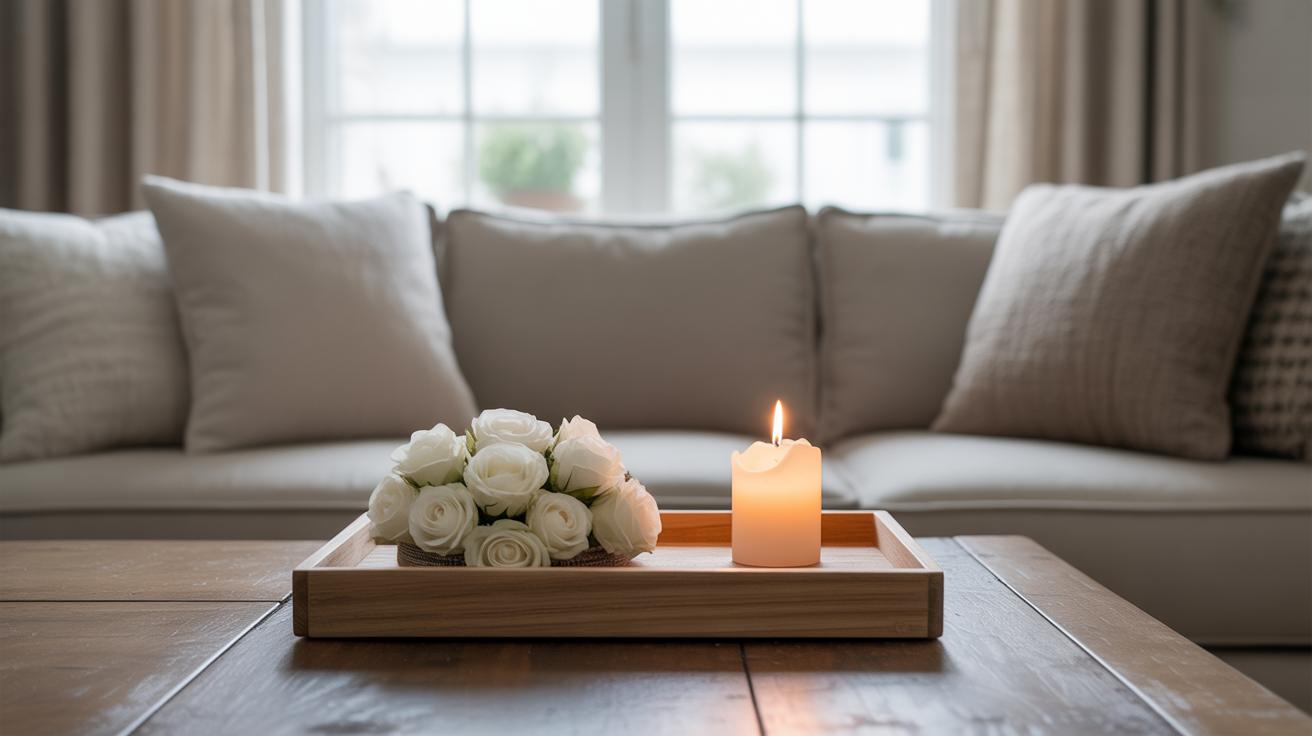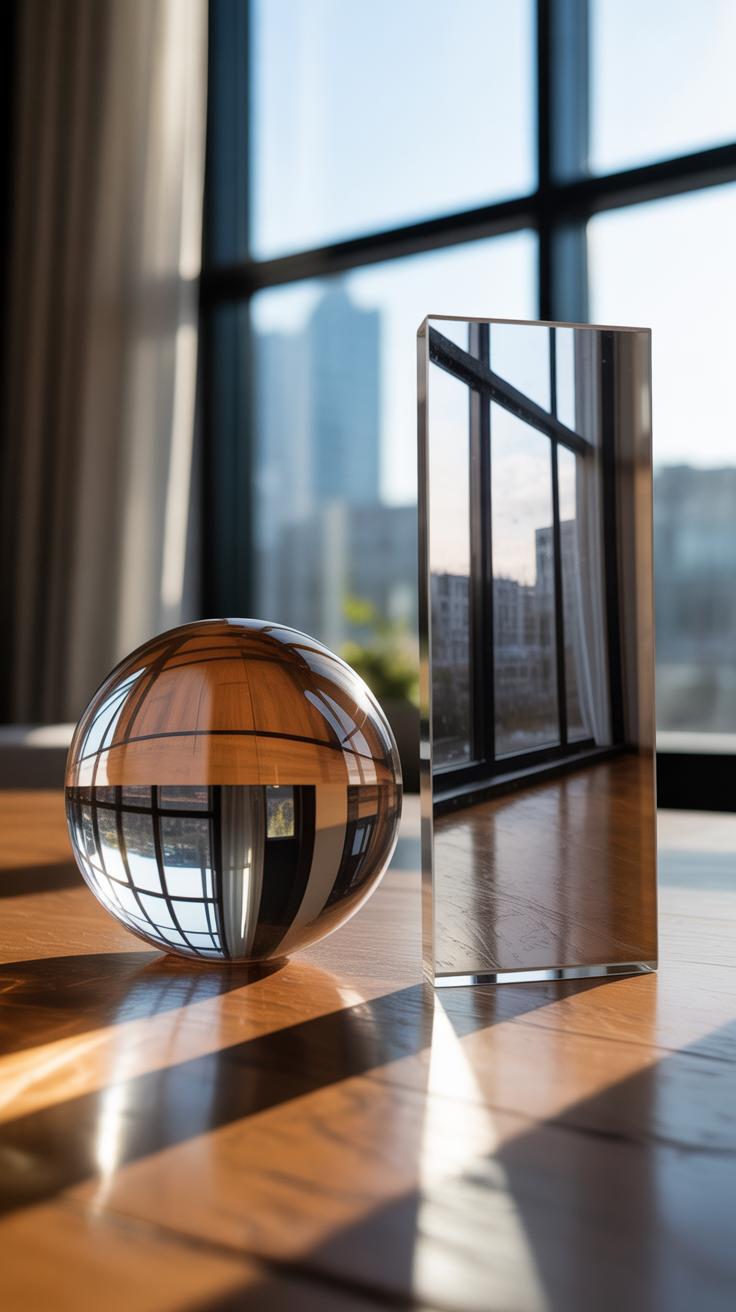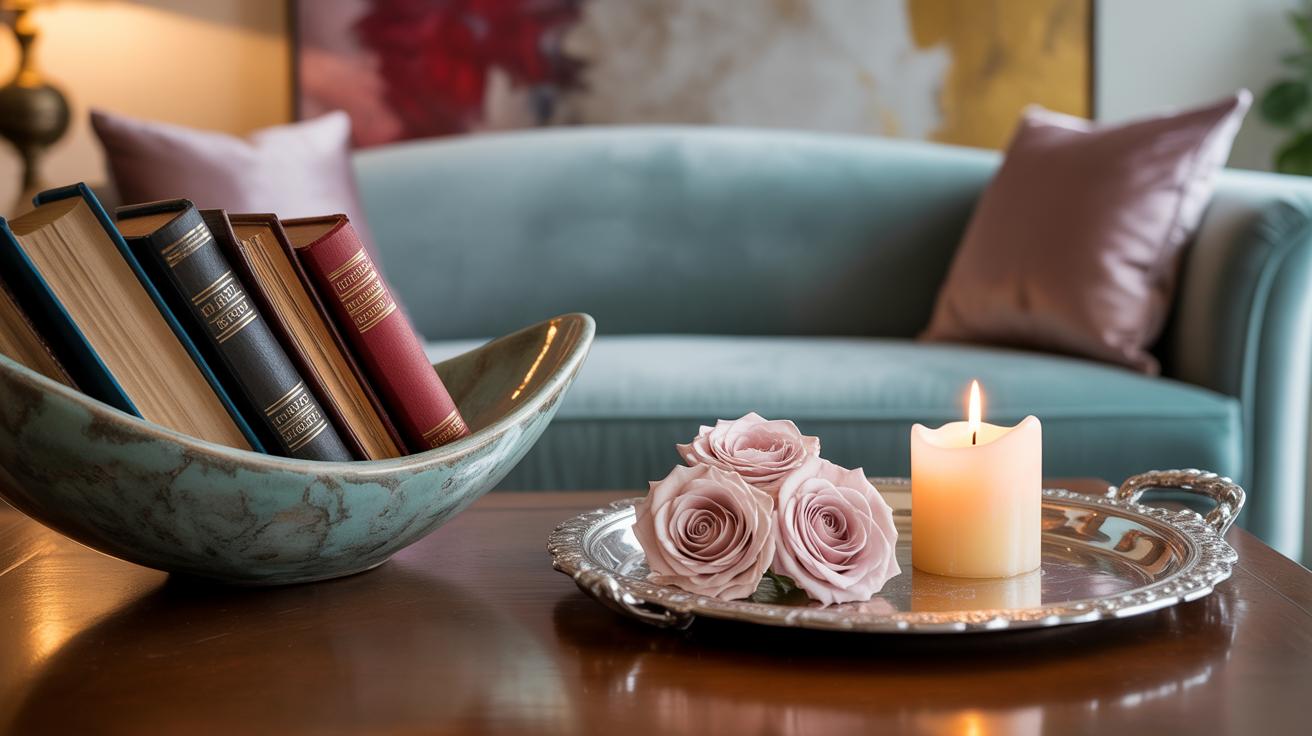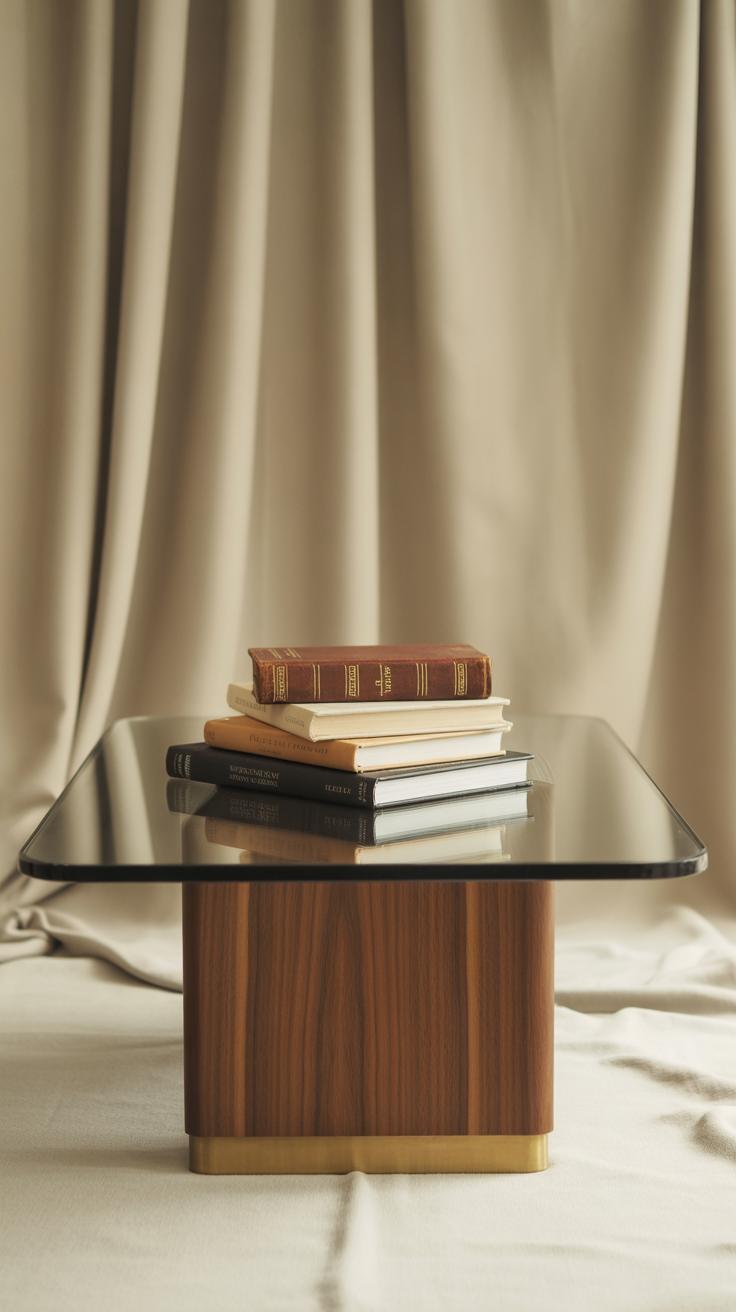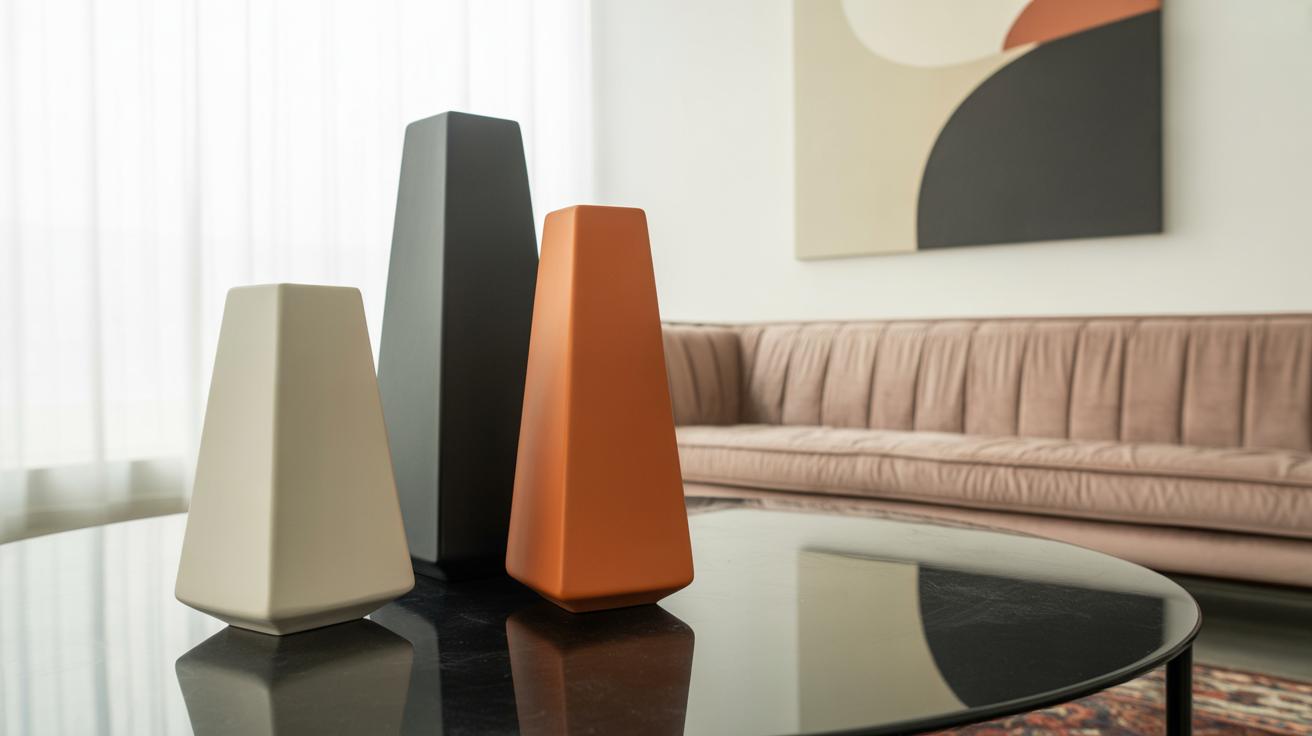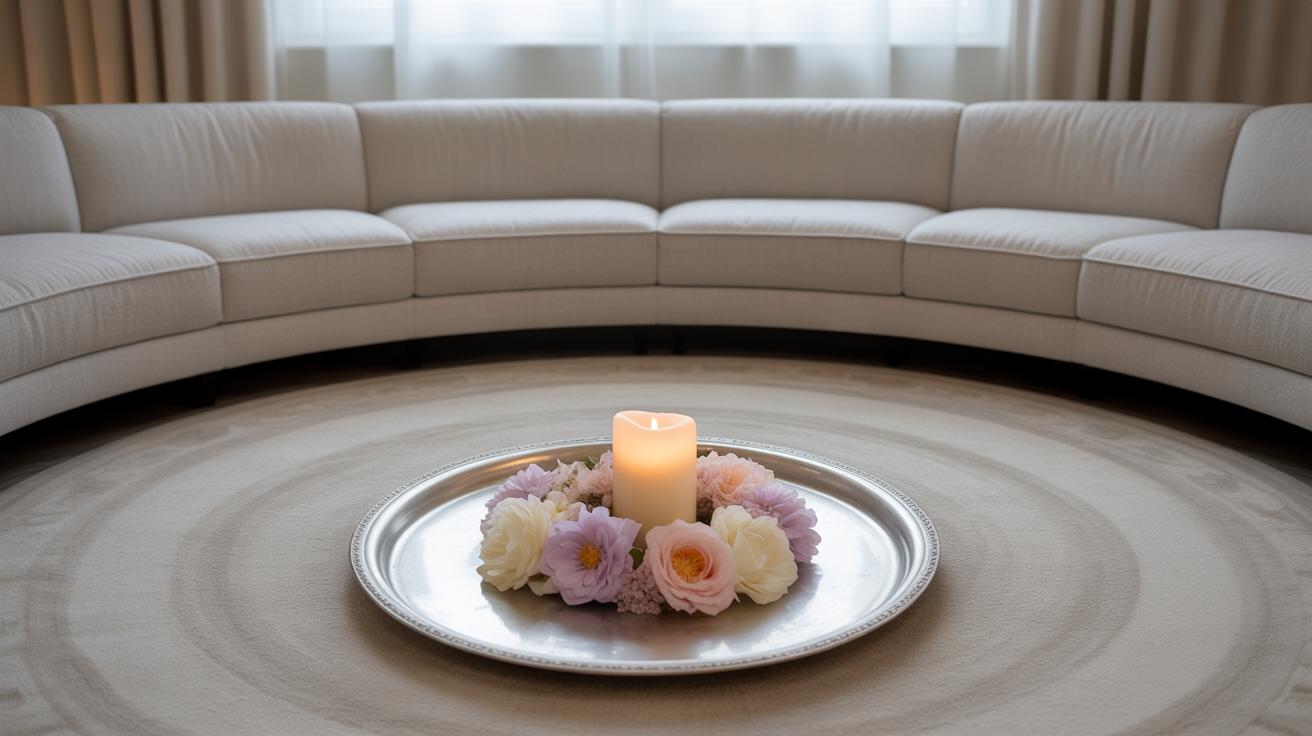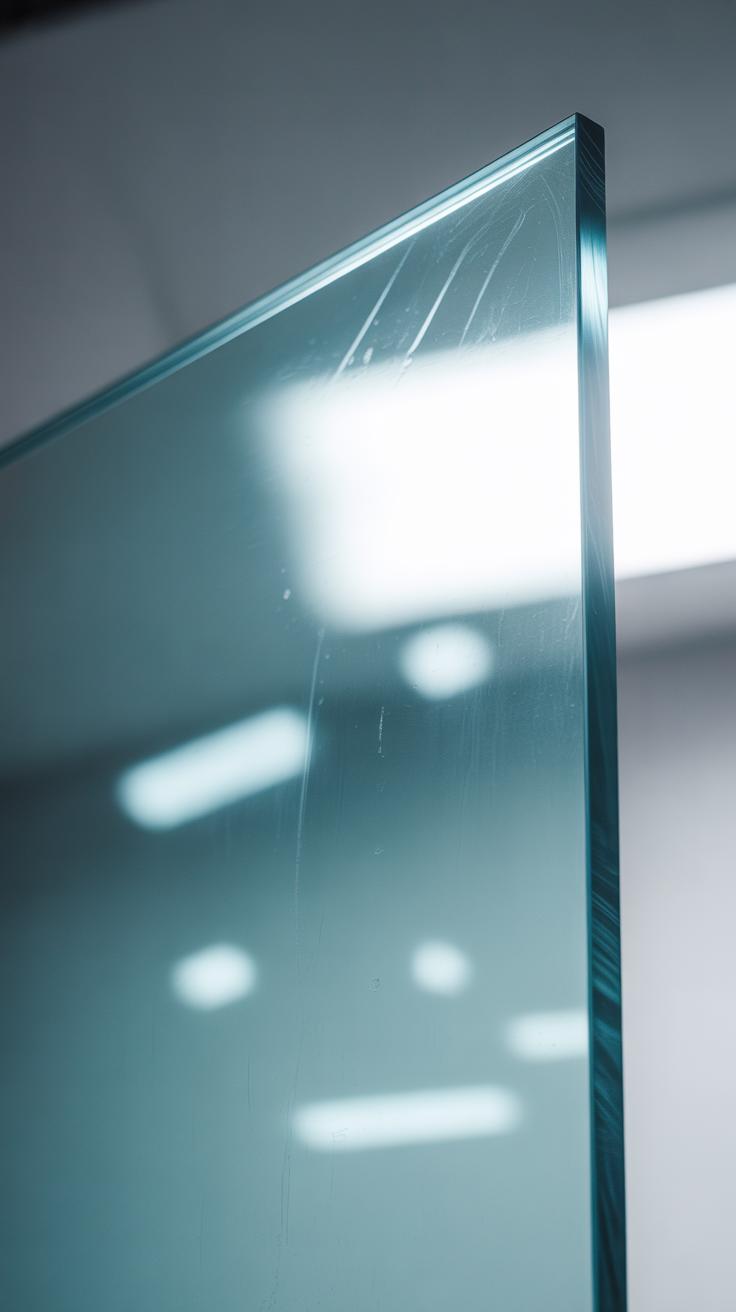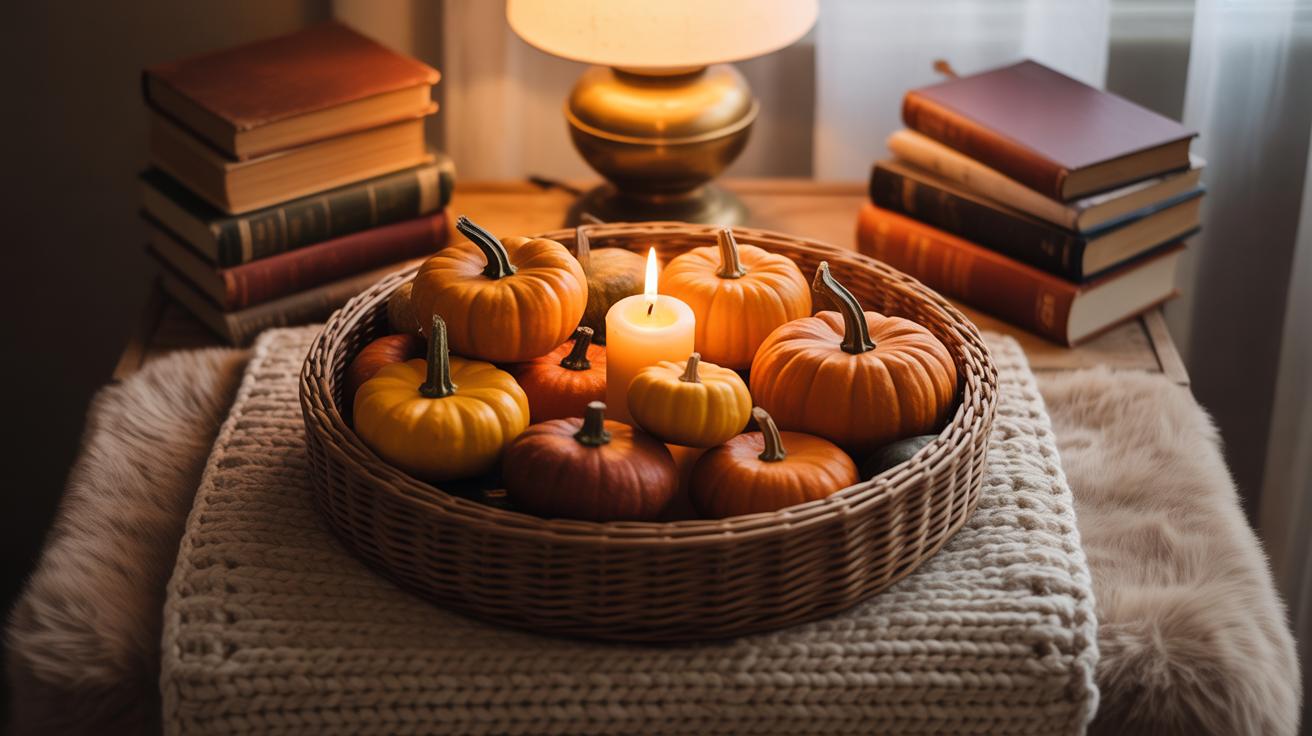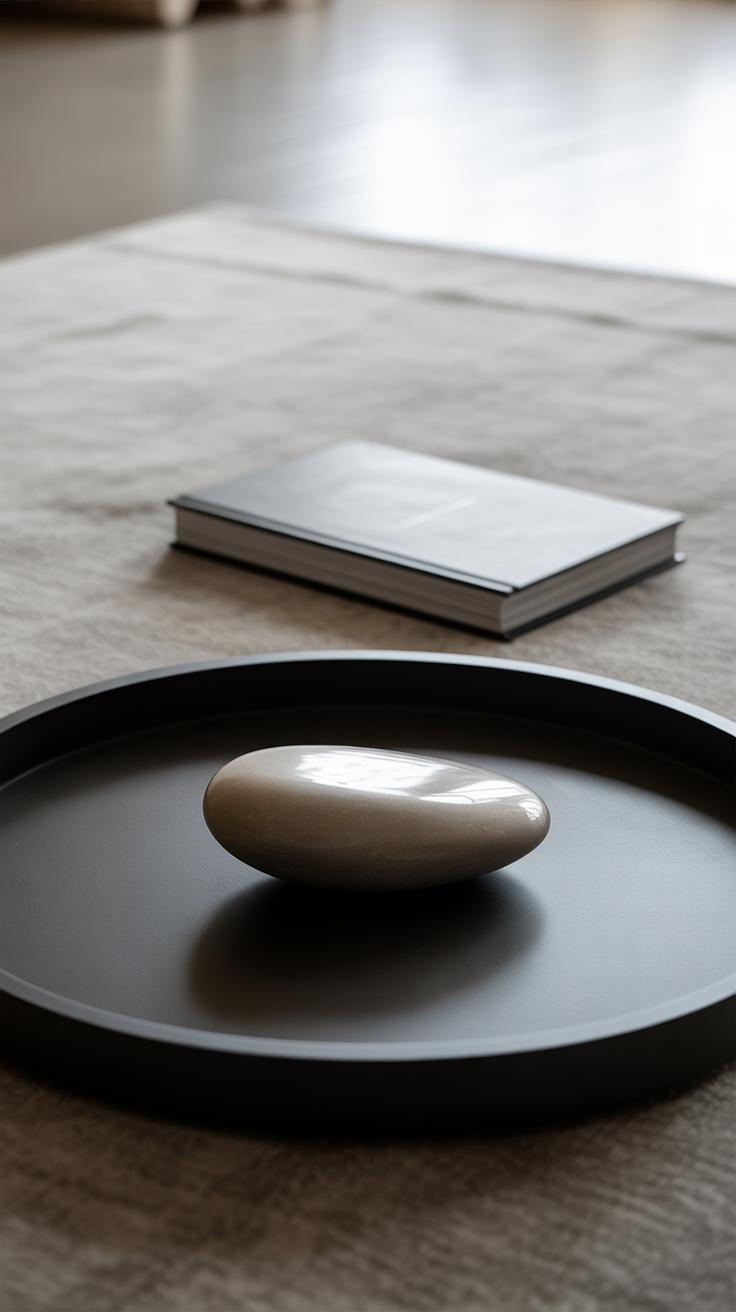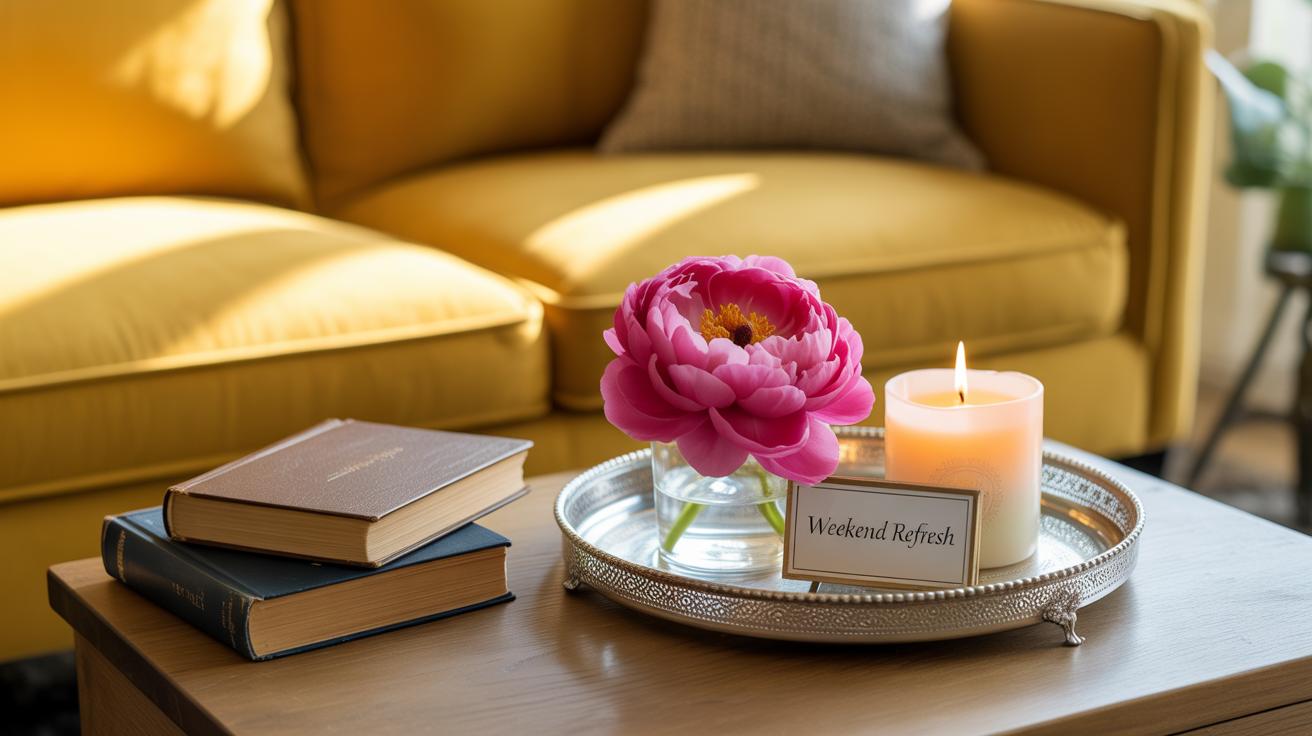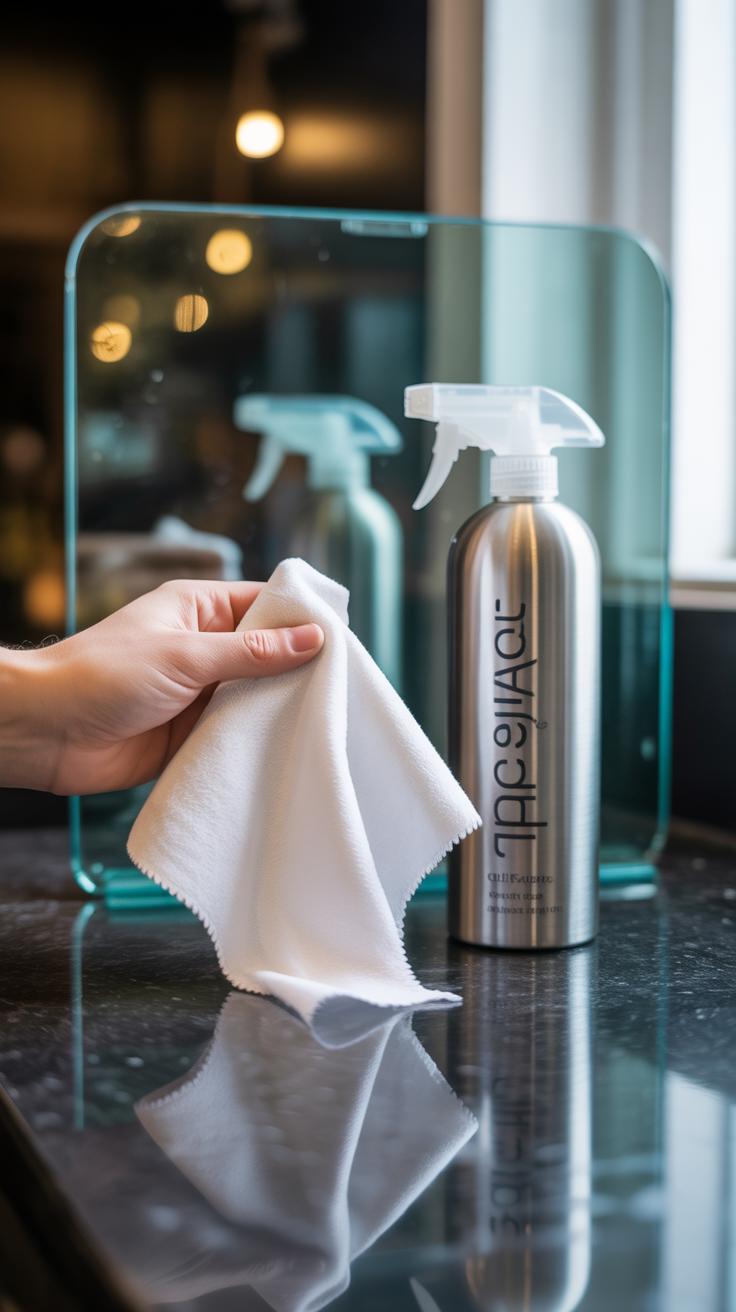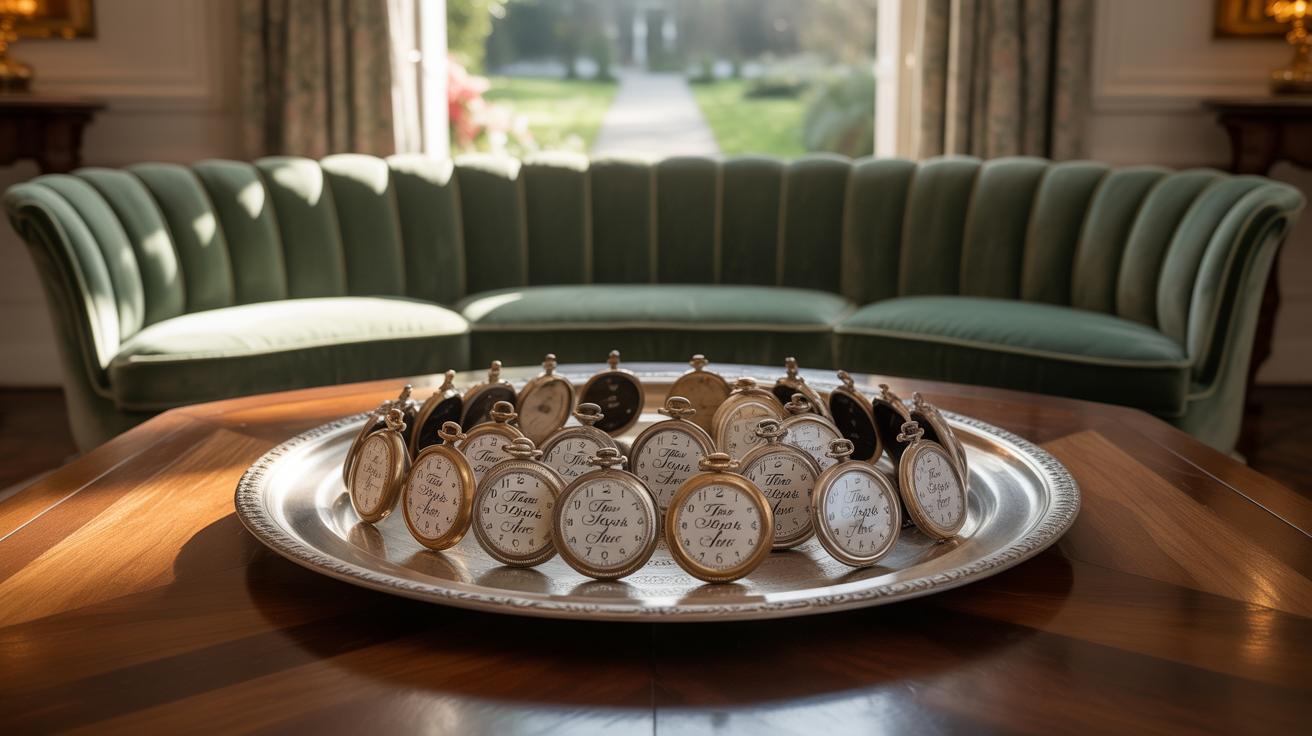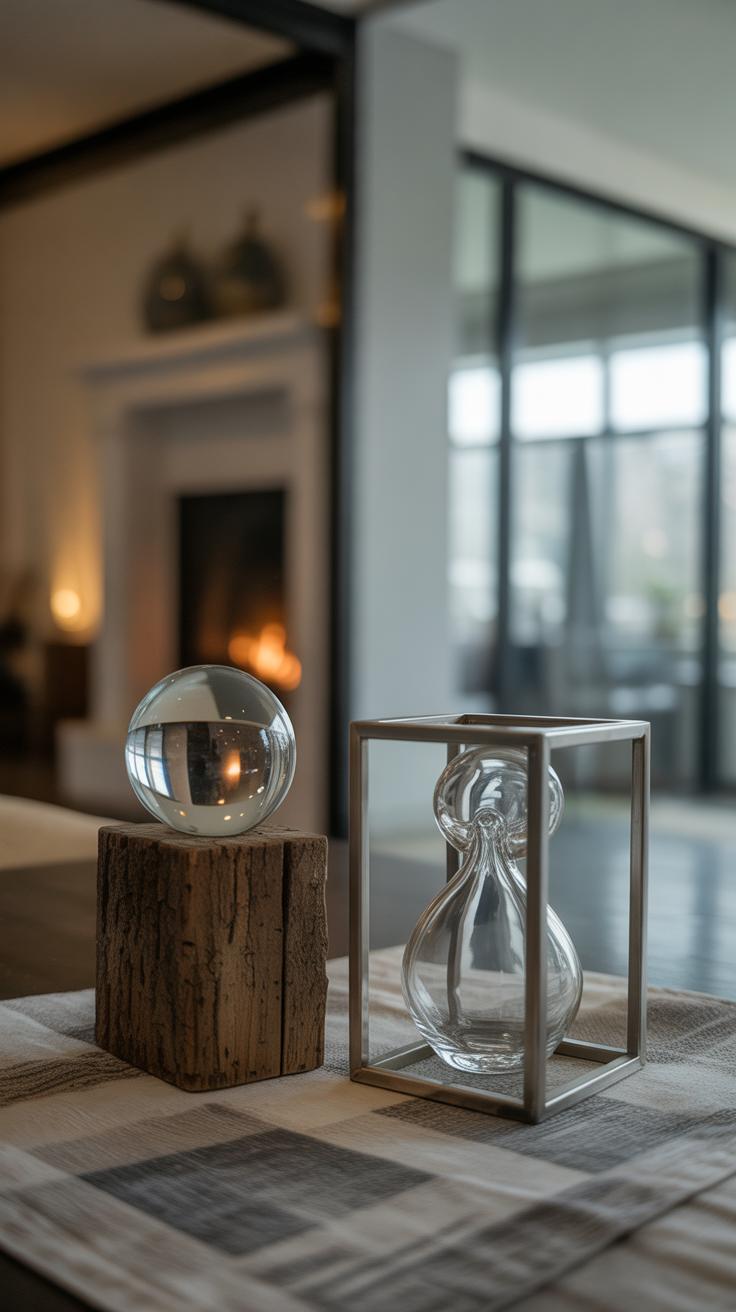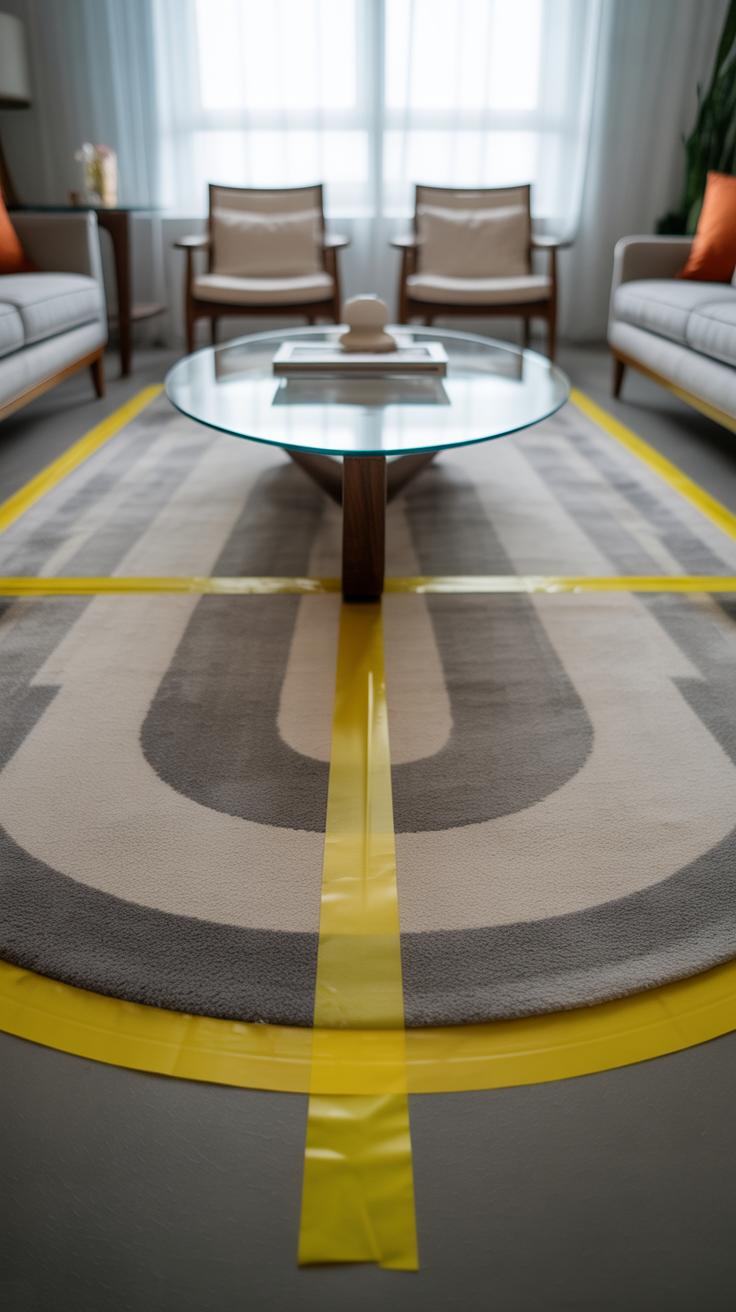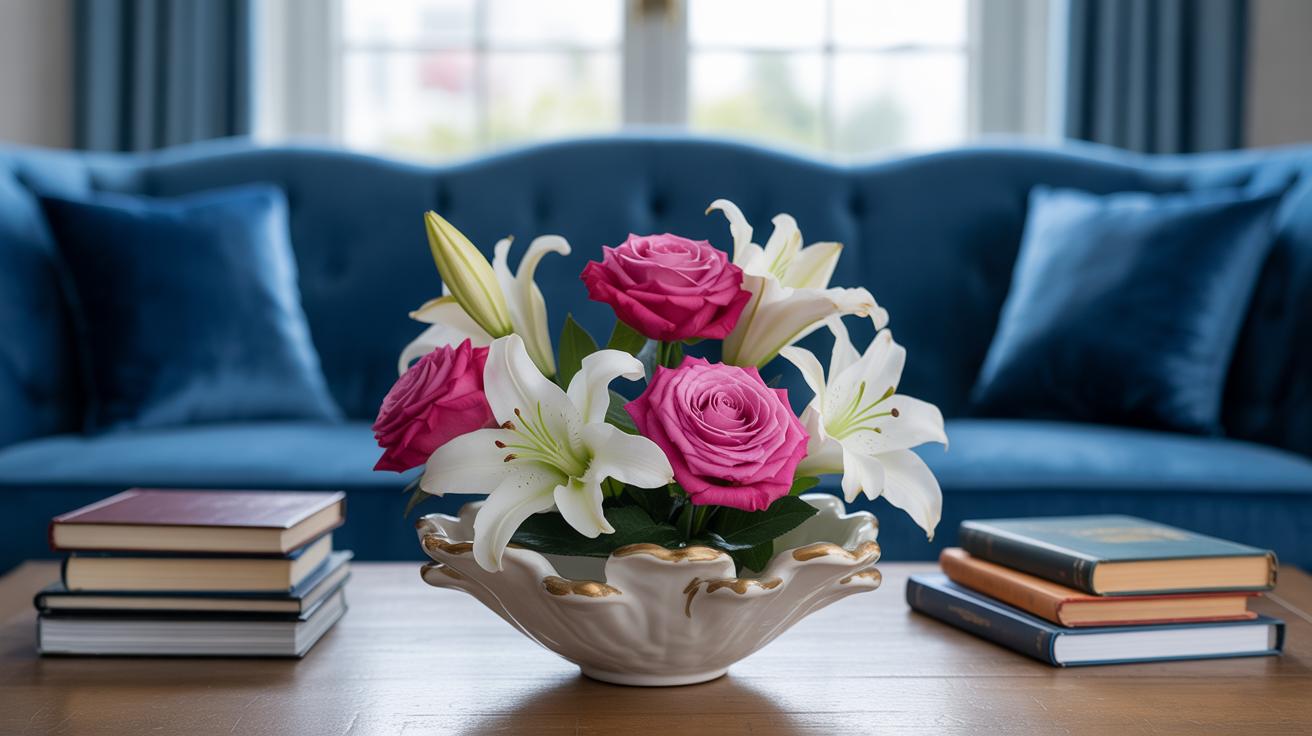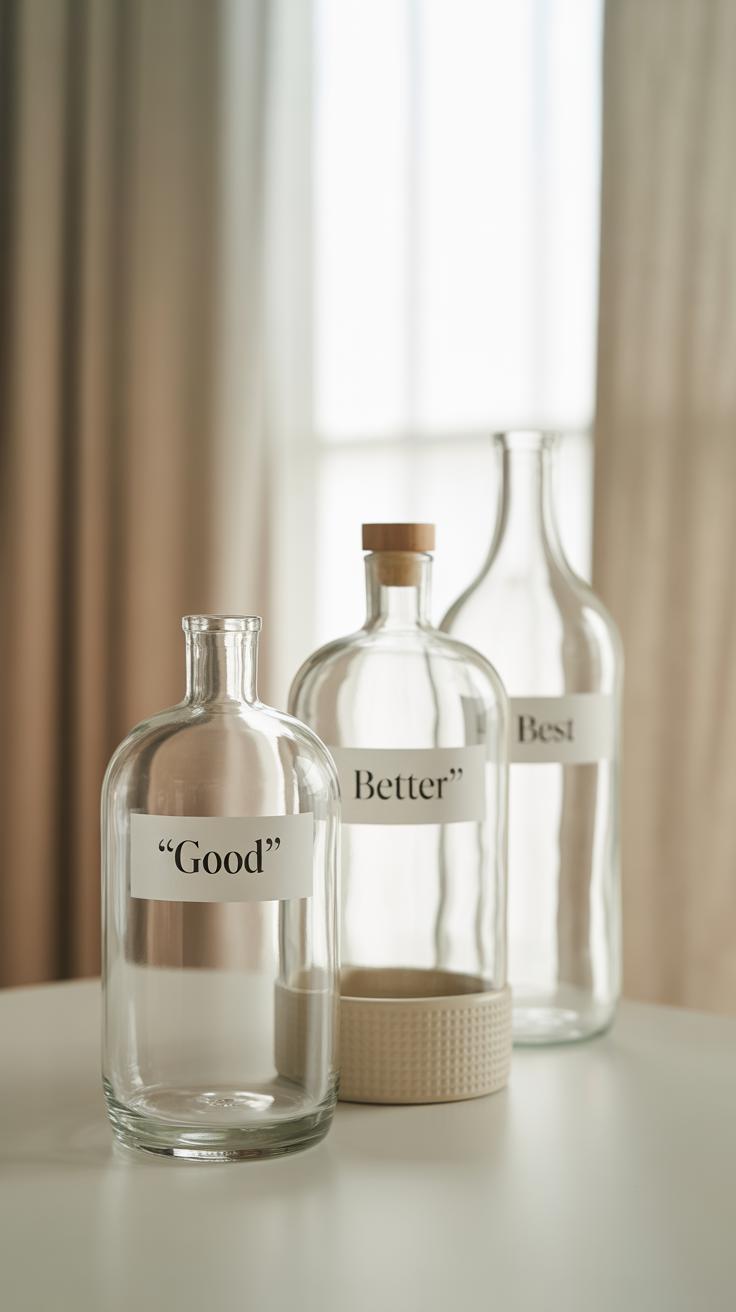Introduction
Glass coffee tables offer a unique way to keep your living room light and spacious. These tables allow light to pass through, which prevents your room from feeling crowded or dark. Glass coffee tables can blend easily with various decor styles, making them a versatile option to brighten your home.
In this article, we will explore different ideas to decorate and use glass coffee tables. We will discuss styles, materials used along with glass, and practical tips to keep your space open and inviting. Whether your style is modern or classic, you will find useful advice on how a glass coffee table can be a great addition to your living space.
Benefits of Glass Coffee Tables in Small Spaces
If you’re working with a small room, choosing furniture that doesn’t crowd the space can be tricky. Glass coffee tables offer an unusual advantage here. Because they are transparent, they don’t block your view across the room. This simple quality helps make the entire area feel less cluttered, almost like the room breathes a little easier.
One thing that caught my attention when I first used a glass coffee table was how it reflects light. Sunlight or even soft indoor lighting bounces off the glass surface, scattering around the room. It brightens up corners that otherwise might seem dark or cramped. You might not think a coffee table affects lighting this much, but it really does change the mood.
It’s not just about looks. Glass tables can be pretty practical too. They are simple to clean—a quick wipe keeps them clear of smudges or spilled drinks. Plus, glass pairs well with almost any décor style, so you don’t have to worry about it clashing with your other furniture. If your room is small and you need something stylish yet unassuming, glass could be the answer.
Think about how much visual “weight” traditional wooden or bulky coffee tables carry in a tiny living room. Glass feels lighter, less imposing. It leaves room for your eyes to move around freely, without a big solid object cutting off the flow. Have you noticed how some rooms feel cramped even with minimal furniture? Sometimes it’s just because of solid surfaces interrupting the line of sight. Glass gets around that.
Popular Glass Coffee Table Shapes and Their Effects
When choosing a glass coffee table, the shape plays a big role in how your room feels and functions. Rectangular, round, and square tables each bring something different to the table—no pun intended—so it’s worth thinking about what suits your space best.
Using round glass tables to soften room corners
Round glass tables are great if you want to soften a room’s edges. Sharp corners can sometimes make a space feel a bit harsh or rigid, especially in smaller rooms or ones with a lot of angular furniture. A round table smoothly bends the eye’s path, which makes the space feel less boxed in. I once switched to a round glass coffee table in a tight living area, and it really did make the room flow better. It’s almost like the table breathes with the rest of the room, rather than sticking out.
Besides avoiding bumps on sharp edges, round tables encourage a sense of gathering. They invite you to move around easily, with no corner to duck or bump into. So if your space is all about relaxation or casual chats, maybe a round shape could bring that subtle change.
Rectangular and square tables for structured spaces
On the flip side, rectangular and square glass coffee tables tend to suit more formal, structured rooms. They match up neatly with sofas and chairs laid out symmetrically. These shapes work well if you want something reliable and straightforward, almost like a clear, firm anchor in the room.
Sometimes, it feels like these tables help with organizing a space visually. The straight lines create a boundary for seating areas or divide zones clearly. I’ve noticed they fit well in rooms where you want a more defined feel, like a classic living room or office setting, where everything has a place to be.
That said, square and rectangular glass tables can sometimes emphasize corners and edges. If your room already feels a little boxy, pairing with softer textiles or rounded chairs might balance that out. So, it’s not a one-size-fits-all but more like a shape to consider depending on your room’s vibe.
Combining Glass with Other Materials
Pairing glass with other materials like wood, metal, or acrylic is more than just a style choice—it’s about balancing looks with function. Glass on its own can feel fragile or too light, but when matched with sturdy supports, it holds up well and gains character.
Wood and Glass for Warm and Modern Looks
Wooden bases can bring warmth to the otherwise sleek and cool look of glass tops. Think about a coffee table with a smooth glass surface supported by legs or a frame made from oak or walnut. The contrast between transparent glass and the earthiness of wood creates a cozy, approachable feel without losing modernity.
Wood also adds texture and depth, something glass can’t provide alone. I once saw a living room where a glass top sat on a chunky wooden base. It brightened the space but felt grounded, not cold or sterile. That combination lets you mix classic and contemporary vibes, which feels fresh rather than forced.
Metal Frames for Industrial and Minimalist Designs
Metal support frames introduce a tough, solid foundation beneath the delicate glass. Thin steel or iron legs can uphold the table securely and yet keep the visual weight light. The transparent glass combined with metal creates a kind of suspended effect—stable but almost floating.
This pairing often suits industrial or minimalist interiors, where clean lines and raw finishes matter. But even in those spaces, the metal shouldn’t dominate—it’s there to balance and strengthen, not overwhelm. Metal frames can come in black, brushed steel, or even brass, offering some variety without cluttering the room.
So, should you always go for glass paired with something else? Not necessarily, but those combinations add durability and style that a plain glass table lacks—and, well, they encourage you to think about the mood you want in your space.
Choosing the Right Glass Thickness and Type
The glass thickness you pick for your coffee table really shapes both its look and feel. Too thin, and it might feel fragile or wobbly; go too thick, and the table can seem bulky or out of place in a light, open room. Most glass tops range between 1/4 inch and 1/2 inch thick, with 3/8 inch often hitting a sweet spot for durability without overwhelming the space.
Tempered glass is usually the go-to for coffee tables — it’s stronger than regular glass and, if it breaks, it shatters into small, less dangerous pieces instead of sharp shards. That safety feature alone makes it a smart choice in homes with kids or pets. Plus, it handles daily wear better, so you won’t have to worry as much about scratches or chips.
Then there’s the question of style—clear glass versus frosted glass. Clear glass keeps things visually open, letting light bounce around the room and making the space feel larger. But it can sometimes highlight fingerprints or smudges, which might annoy those who like a spotless look.
Frosted glass softens the surface, adding a subtle texture that hides marks better. It lends a bit of privacy to what’s underneath the table, which some people appreciate if clutter’s a real issue. Yet, it can also dull the openness you might be aiming for. It’s almost like choosing between showing everything versus hiding a little—both have their appeal, depending on your style and how you use the space.
Styling Tips for Glass Coffee Tables
Decorating a glass coffee table can feel tricky. You want to add personality, yet not overshadow its clean look or block the light it lets through. It’s a balancing act, really. Too much on the glass surface can make the whole room feel heavy, which defeats the purpose of choosing glass in the first place.
Try to keep things simple. A small, minimal vase with fresh flowers or a single stem works well. It adds a splash of color without crowding the space. A neat stack of two or three books can also do the trick—something visually interesting but not too bulky.
Sometimes, a low-profile tray helps group small items like coasters or candles, keeping them contained rather than spread out. This brings a bit of order without feeling cluttered. Yet, be cautious—too many objects, even in trays, can start to compete with the table.
When it comes to avoiding clutter, ask yourself what really needs to be on the table. If something’s just “nice to have,” maybe it belongs elsewhere. Leaving plenty of clear glass makes your space feel open and airy.
It can be tempting to pile on decor, especially when the glass invites showcasing small things. But restraint pays off here. Your glass coffee table is a stage—better to let a few well-chosen pieces capture attention instead of overwhelming with lots of small bits.
Maintaining and Cleaning Your Glass Coffee Table
Glass coffee tables can quickly lose their charm if they’re smudged or scratched. Keeping them clear is easier than you might think, though it takes a bit of routine and care. I’ve noticed that even a single fingerprint can catch the light oddly and ruin that open, airy feeling you’re going for.
Best cleaning products and techniques
When it comes to cleaning, plain glass cleaner works well – nothing fancy needed. Spray it sparingly and wipe with a microfiber cloth to avoid streaks. Some people swear by vinegar diluted with water, but I find that it sometimes leaves a slight scent, which isn’t always pleasant.
Here’s a quick rundown of what you can use safely:
- Commercial glass cleaners designed for household windows
- Microfiber cloths to prevent scratching and streaking
- Mild soap mixed with warm water for gentle daily wipes
- Soft paper towels or lint-free cloths for drying
Avoid abrasive sponges or towels with rough fibers. They might do lasting harm, like tiny scratches you won’t notice until they catch the light oddly.
Preventing scratches and damage
It’s tempting to just plop down cups or décor directly on the glass, but that’s a quick way to cause chips or scratches. Use coasters and felt pads under decorations or objects with rough edges. I once didn’t, and small nicks show up months later, making the table feel less pristine.
Think about the habits around your table too. If kids or pets are around, consider extra protection. Some place thin, clear mats that don’t disturb the openness but add a layer of defense.
One curious thing is that glass can seem fragile but is often more resilient than expected—but repeated minor hits add up. A little careful handling goes a long way. So, do you treat your glass table like a jewel or just a surface? The results can differ quite a bit.
Glass Coffee Tables for Different Room Styles
Modern and Minimalist Rooms
Glass coffee tables fit surprisingly well in modern and minimalist spaces. They often have clean lines and simple forms, which makes the transparency of glass blend effortlessly with the overall vibe. A sleek glass top, maybe paired with metal or slim wooden legs, keeps the area feeling airy and uncluttered. You might think it could look too bare, but it actually helps highlight other elements without competing for attention. In some rooms I’ve seen, the glass table almost disappears, letting the furniture around it stand out more. It’s not a style for those who want their coffee table to scream for attention, but rather for people who prefer subtlety and elegance. It’s worth thinking about how the glass frame or base can add a dash of personality while still keeping things simple.
Rustic and Classic Homes
Glass coffee tables aren’t just for sleek, modern rooms. In rustic or classic settings, they can bring a surprising balance. When paired with heavier, traditional furniture or wooden finishes, a glass table adds a light touch that prevents the room from feeling too heavy or closed off. You can imagine a glass table resting on a wrought iron base or charming wooden legs—it softens the vintage feel without clashing. Sometimes, the contrast feels a bit odd at first, but that mix can actually work well if done thoughtfully. It brings a modern breath into an otherwise traditional space, which might be exactly what your room needs if you’re a bit hesitant to fully commit to one style. It’s a subtle way to freshen up a classic look without losing its character.
Space Planning with Glass Coffee Tables
When placing a glass coffee table in your living space, you want to keep the room feeling open and flowing naturally. Glass tables don’t visually clutter a room the way solid surfaces can, but their placement still needs some thought. You’ll want to avoid blocking paths where people walk—there’s nothing worse than awkwardly squeezing around furniture.
Usually, allow at least 18 inches between the coffee table and seating for comfortable legroom, but sometimes you might choose a bit less in a tight space if the table is slim. Just don’t crowd it too much; you want movement to feel easy, almost inevitable. If your room has multiple entrances or walkways, make sure the table doesn’t sit right in the way.
Pairing the coffee table with sofas and chairs works best when the table is centered with those seats. Think of it as the natural gathering point—you want everyone within easy reach for placing drinks, books, or remotes. Sometimes, aligning the table slightly off-center can create a more casual vibe, but if usability is your priority, symmetry usually wins out.
An example from a friend’s apartment comes to mind: they placed a glass table between a loveseat and a single chair but left about three feet on one side for a clear path. It keeps things open but still cozy, which I think you might find useful too. So, consider where people naturally move, and place your glass coffee table so it invites relaxation without disrupting the flow.
Budgeting for Your Glass Coffee Table
Glass coffee tables come with a wide range of price tags. You can find some starting around fifty dollars, while others stretch into the thousands. This spread reflects materials, brand, and design complexity. It’s tempting to pick the cheapest option, but sometimes spending just a bit more means better durability and style that lasts beyond a quick trend.
If you’re watching your budget, places like IKEA, Wayfair, or even local thrift shops often surprise with affordable, decent-quality glass tables. Mid-range department stores might have some neat picks too, especially during sales. Online marketplaces can offer good deals but require caution—read reviews carefully.
On the other hand, investing in a high-quality glass coffee table can pay off if the piece becomes a focal point in your room. Solid frames, tempered glass, or unique design details justify the price for many. Think about how much wear and tear your table will face. Is it central to your living area or more decorative? Sometimes, a splurge makes sense for a timeless piece that doesn’t feel fragile after a couple of months.
Conclusions
Glass coffee tables are practical and stylish furniture pieces. They help open up your room and let light flow freely. Their transparent surfaces make a space appear bigger and less cluttered. You can pair glass with metal, wood, or acrylic for different looks that fit your style.
When choosing and caring for your glass coffee table, think about the size and shape that suits your room best. Keep them clean and use decorations that do not block the light. With careful selection and simple care, a glass coffee table will keep your room looking fresh and open for years to come.

